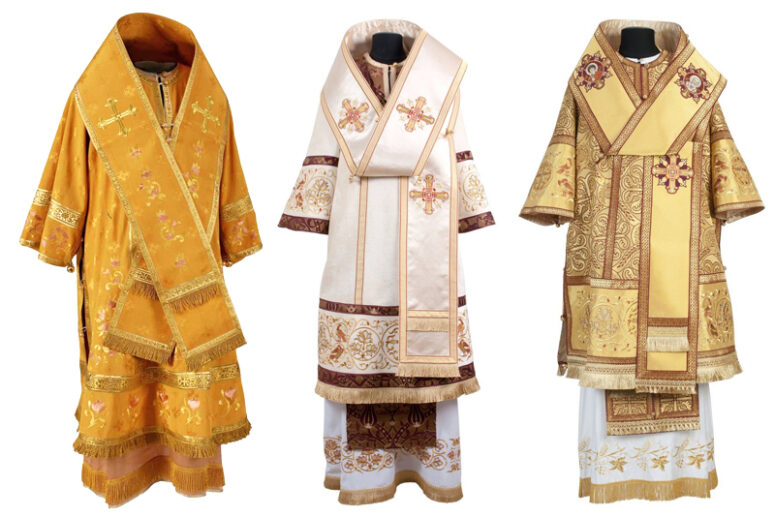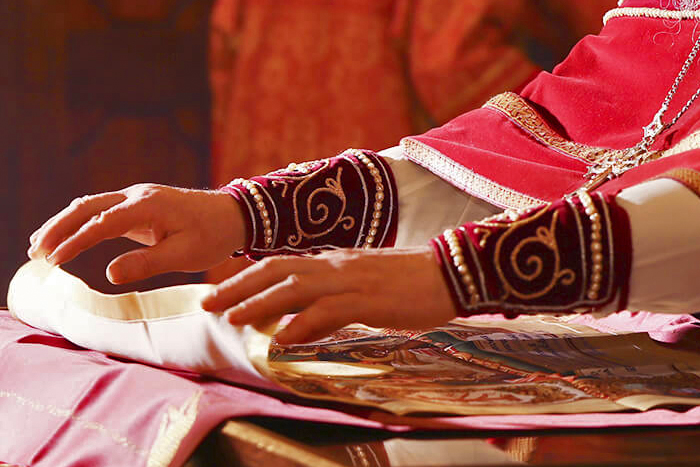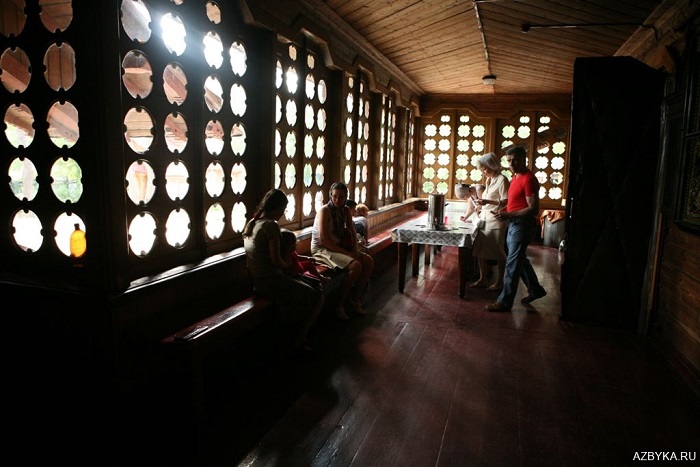
Some of the first mentions of the episcopal ministry appeared in the works of St Paul the Apostle. He wrote about the high standards and responsibilities of this ministry, also noting its goodness: “…whoever aspires to the office of bishop (transl. in some versions: “overseer”) desires a noble task.” (1 Tim. 3:1). Although neither the requirements for becoming a bishop nor his responsibilities have changed since antiquity, the ministry itself has undergone many changes.
Diocese and Congregation
The Typicon of the Russian Church defines a diocese (from the Greek – region) as a local Church, headed by a bishop and uniting diocesan institutions, deaneries, parishes, monasteries, farmsteads, monastic sketes, spiritual educational institutions, brotherhoods, sisterhoods and missions.
Modern dioceses often correspond fully or partially to state administrative-territorial units. However, dioceses did not exist before the 3rd century and became a universal territorial unit under a bishop’s authority only in the 4th century.
Before that time, dioceses corresponded to parikias (from Greek παροικία – parish). The boundaries of episcopal power covered one city. Before the third century, cities rarely had more than one church.
The size of an episcopal see was usually smaller than a typical modern parish. A parish with more than 12 people was entitled to its own bishop. The Statutes of the Apostles (Canones Ecclesiastici) recommended parishes with under 12 people to turn to a neighboring community so that it would provide the necessary number of men for the election of the bishop.
Church Governance and Pastoral Care
As we can see, the degree of interaction between the parishioners and the archpastor was much higher in ancient times, and the management of the Church affairs was more direct. There was no need to appoint secretaries, divide dioceses into deaneries, or make appointments.
Besides, it was impossible to transfer a bishop from one see to another. A bishop formed an inseparable spiritual union with his flock. According to Eusebius of Caesarea (Church History), it became possible for bishops to change sees only in the 4th century, which led to protests within the Church.
Describing the close and direct relations between the bishop and the flock, St John Chrysostom writes in his Sermon on the Priesthood: “[…] he is divided between great multitudes of people and has special care for each of his subordinates. […] For if the bishop does not pay a round of visits every day, more even than the idle men about town (annot. e.g. the police), unspeakable offense ensues. For not only the sick, but also the whole, desire to be looked after.”
The only body that mediated the bishop managing the Church was the episcopal council, consisting (primarily) of priests and deacons. Without the consent of the episcopal council, a bishop could not appoint new clerics, dispose of church property, or conduct church court. Clearly, given the size of communities, we can assume that minor clergy and laity could also influence the life of the Church.

Changes in the Ancient Episcopal Ministry
After the third, and especially after the early fourth century, the growing number of parishioners made it impossible to carry out the episcopal ministry in its previous form. This fact led to transformations of the ancient episcopal ministry changing it into its modern form.
In Big Cities
A bishop could no longer provide individual cure to every member of his flock. One church was no longer capable of accommodating all believers, which resulted in more churches being built (there were about 40 in Rome at the beginning of the 4th century). Cathedrals stood out among the rest of the churches. As a rule, the bishop, presbyters, deacons, and minor clerics served in them, while only one presbyter and several minor clerics served in the rest of the churches.
In Villages
Prior to the wide spread of Christianity, members of rural Christian communities usually traveled to the nearest cities to worship. When necessary, bishops visited the villagers in need of personal attention.
After the third century, either a presbyter or a chorbishop (lit.country-bishop) began to be appointed in villages. Chorbishops took care of the flock and performed divine services, but were unable to ordain anyone without the permission of the city bishop. After the fourth century, chorepiscopacy was abolished. The modern analogue of the chorbishop is the vicar bishop.
Conclusion
It may seem at first glance that the original form of episcopal ministry is more correct than the present one, because an ancient bishop appeared to be much closer to the people of the Church. However, one must understand that with the transition of the focus of the episcopal ministry to the administrative management of the Church, the love and care for the flock has not gone away. While the former episcopal duties have been transferred to ordinary priests, the bishops remain the “overseers” of the Church, entrusted with the tasks and duties, considered the most difficult, important and responsible.




